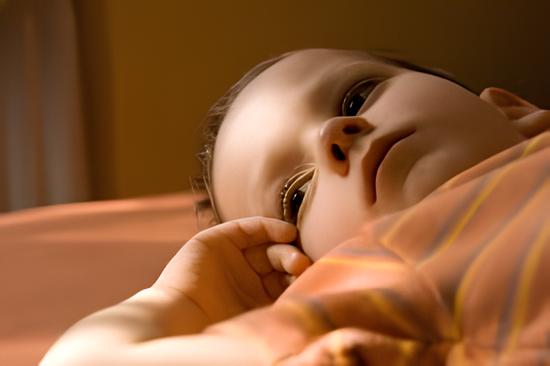Definition of Bipolar Disorder
Bipolar disorder is characterized by episodes in which the person’s mood and activity levels are significantly disturbed, consisting of manic or hypomanic and depressive episodes. Manic episodes involve elevated or irritable mood, over-activity, rapid speech, inflated self-esteem, and a decreased need for sleep. Depressive episodes involve low mood, decreased energy, and loss of interest or pleasure in activities.
Types of Bipolar Disorder
1. Bipolar I Disorder
- At least one full manic episode is required for diagnosis.
- Depressive episodes often occur but are not mandatory.
- Severe mania may necessitate hospitalization and can include psychosis.
2. Bipolar II Disorder
- Involves at least one hypomanic episode (less intense than full mania) and one major depressive episode.
- Hypomania does not cause marked functional impairment or psychosis, which can lead to underrecognition.
3. Cyclothymic Disorder
- Persistent, fluctuating mood disturbances featuring numerous periods of hypomanic and mild depressive symptoms.
- Symptoms fall short of full criteria for mania or major depression but last at least two years (one year for children and adolescents).
4. Other Specified and Unspecified Bipolar and Related Disorders
Categories for mood disturbances that cause significant distress but do not fully align with the diagnostic criteria of the main types, or when there’s insufficient information for a precise subtype.
Causes and Risk Factors of Bipolar Disorder
The exact origins of bipolar disorder remain unclear, but a combination of genetic, biological, psychological, and environmental factors contribute to its development.
Genetic Predisposition: Family studies show a higher incidence among first-degree relatives, indicating heritable risk.
Neurobiological Factors: Brain imaging has revealed structural and functional abnormalities in regions that regulate mood and cognition.
Psychosocial Stressors: Major life events—such as bereavement, relationship breakdowns, or trauma—can precipitate or worsen episodes. Substance misuse, including alcohol and recreational drugs, also exacerbates mood instability.
Sign and Symptoms

Manic Symptoms: Elevated or irritable mood, hyperactivity, rapid thoughts and speech, distractibility, impulsivity, decreased sleep, inflated self-esteem, and engagement in high-risk behaviors. In severe cases, individuals may experience delusions or hallucinations.
Depressive Symptoms: Prolonged sadness, loss of interest in activities, fatigue, appetite and sleep changes, feelings of worthlessness or guilt, poor concentration, and recurrent thoughts of death or suicide.
Diagnosis
Diagnosis is based on clinical evaluation, guided by criteria from ICD-11 or DSM-5. Key diagnostic requirements include:
Documentation of at least one manic episode for Bipolar I or one hypomanic plus one depressive episode for Bipolar II.
Duration: Mania must last at least one week (or shorter if hospitalization occurs), hypomania at least four days, and depression at least two weeks.
Exclusion of other medical, neurological, or substance-induced causes.
Prevention and Early Intervention
While bipolar disorder cannot be prevented outright, timely recognition and management of early warning signs can mitigate severity. Strategies include:
- Routine monitoring of mood fluctuations by the patient and close contacts.
- Establishing regular sleep–wake cycles to reduce relapse risk.
- Avoiding alcohol and illicit substances.
- Adhering consistently to prescribed medications; abrupt discontinuation may trigger relapses.
Therapy Approaches

According to WHO guidelines, psychological and psychosocial interventions are essential components of bipolar disorder management, complementing medication to enhance recovery and prevent relapse. Key therapies include:
Psychoeducation: Providing individuals and their families with information about bipolar disorder to improve understanding, treatment adherence, and early identification of mood changes.
Cognitive Behavioral Therapy : A structured, goal-oriented therapy that helps individuals identify and modify negative thought patterns and behaviors, thereby reducing depressive symptoms and preventing relapse.
Family Interventions: Engaging family members in therapy sessions to improve communication, problem-solving skills, and support systems, which can lead to better treatment adherence and reduced relapse rates.
Conclusion
Bipolar disorder is a lifelong condition of alternating manic and depressive episodes that can profoundly disrupt daily functioning. Although it cannot be completely cured, with accurate diagnosis, consistent medication, psychotherapy, lifestyle adjustments, and strong support networks, individuals can achieve mood stability and a high quality of life. Early intervention and sustained treatment are essential to minimize relapse, reduce hospitalization, and help those affected lead balanced, fulfilling lives.

